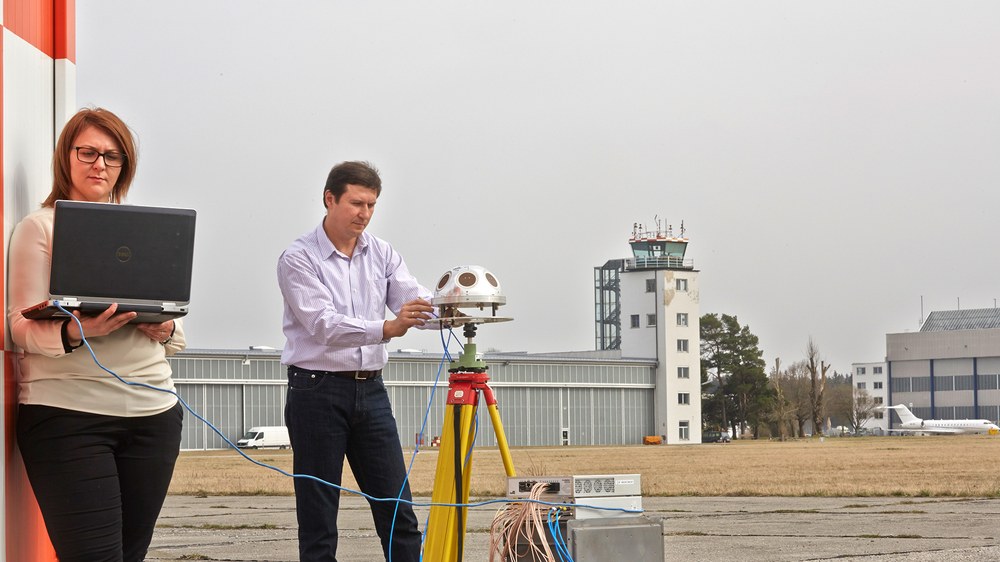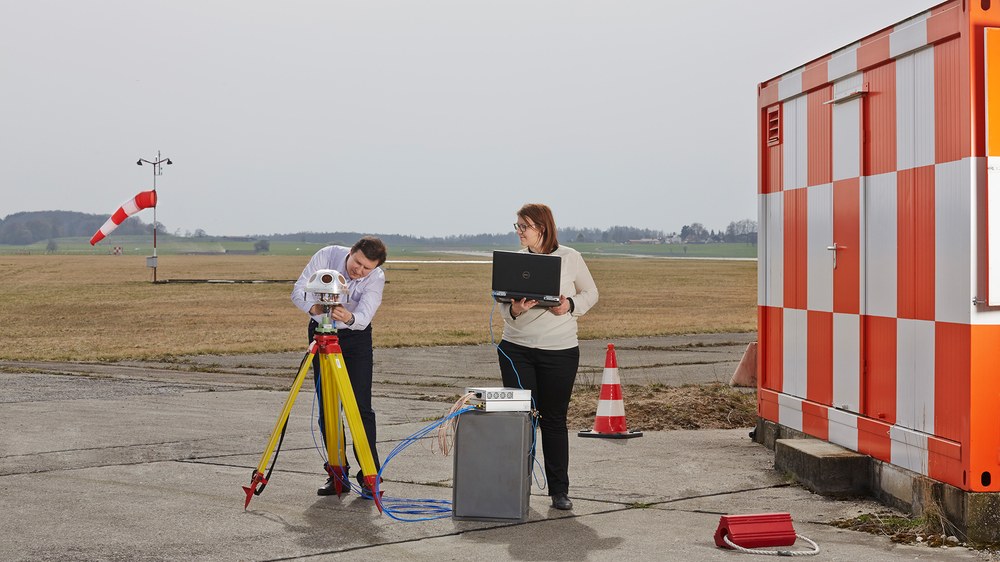Receiver Algorithms Group
The positioning and timing services provided by Global Satellite Navigation Systems (GNSSs), for example by American GPS and European Galileo, build a backbone for a multitude of miscellaneous GNSS applications in our everyday live. Some of these applications like landing an airplane, time synchronizing mobile radio base stations or navigating an autonomous car have a distinct safety context. The reliability of the safety-critical systems using the services of GNSSs highly benefits from increased resilience of the user equipment. Increasing the resilience of GNSS receivers in the context of safety-critical applications is the main focus of the research activities of the User Algorithms group.
From the user receiver perspective, the most critical phenomena threating the nominal receiver operation are radio frequency interference (RFI), both intentional and unintentional, and multipath propagation. In the first case, the reception and processing of weak satellite navigation signals is distorted by strong radio emissions. A special case of RFI is GNSS spoofing where counterfeit signals having the same structure as the authentic ones are radiated in order to purposely fool the user receiver. In the second case, strong multipath echoes especially combined with full or partial blocking of the line-of-sight signal, for example in urban canyons, can results in large ranging errors which the propagate to the position, velocity and time (PVT) solution of the receiver. The effect of the both RFI and multipath threats can be significantly reduced and even completely suppressed through the use of advanced signal processing techniques. One of the most promising approaches here is to combine the signal processing in time and frequency domains with the array signal processing in the spatial domain. An adaptive beamforming for example allows enhancing the reception of the signals of interest and generating spatial nulls in the direction of undesired signals. The antenna array can be also seen as a collection of multiple signal sensors and used for improving the parameter estimation of the navigation signal but also enabling the estimation of the direction of arrival. The latter is very helpful for detecting and mitigating GNSS spoofing.
Practical demonstration of the achieved level of the receiver resilience is a very important aspect of the group’s work. In the field User Algorithms group is in close collaboration with the Antenna Systems group and the group of Receiver and Transmitter Systems developing the required hardware components. The result of this cooperation is a demonstrator of a resilient array GNSS receiver GALANT being developed in the Department of Navigation since 2008. The practical testing of the developed algorithms is also greatly supported by availability of a multi-antenna GNSS constellation simulator, a result of cooperation with Spirent Communications, UK.
Main research topics
Array signal processing in GNSS receivers for mitigation of radio frequency interference and multipath threats. Design of algorithm with low distortions of code- and carrier-phase measurements for high-end GNSS receivers.
Development of baseband software for the demonstration platform GALANT of a resilient GNSS receiver using adaptive antenna arrays. Application of GALANT platform as an interference and multipath monitoring and characterization tool.
Development of post-processing GNSS software receiver for performance analysis while using realistic signal data



